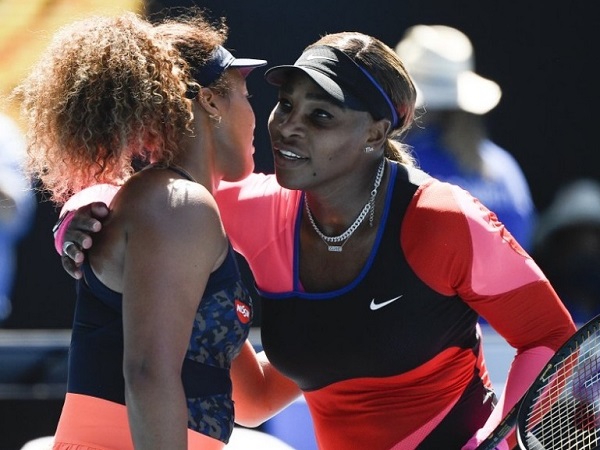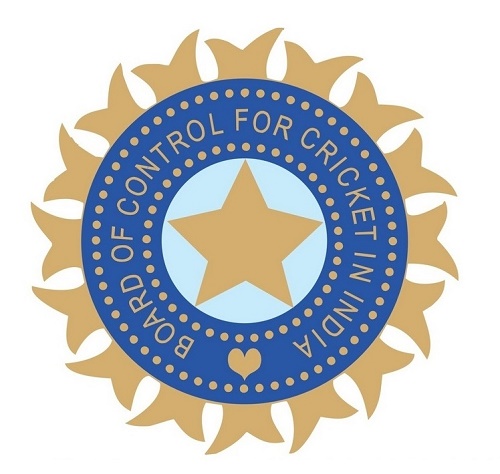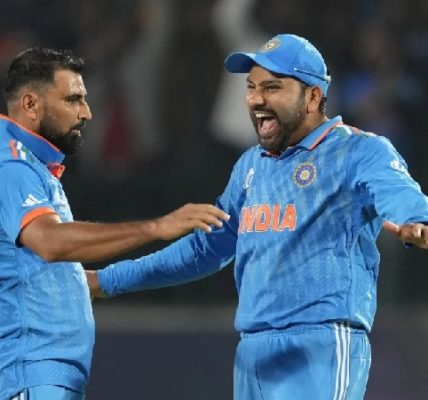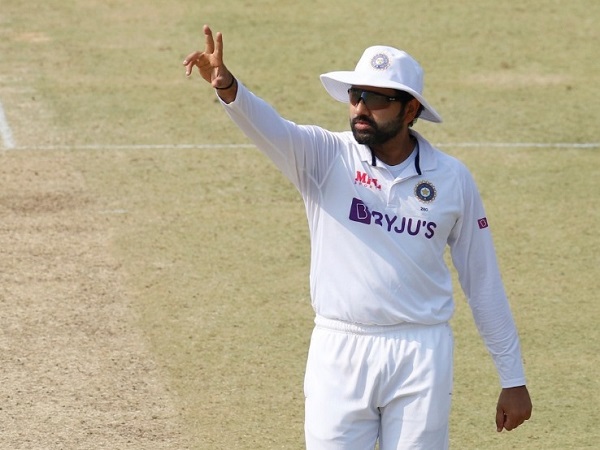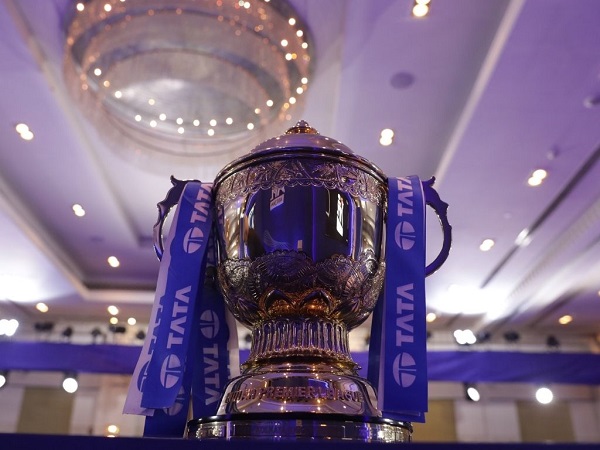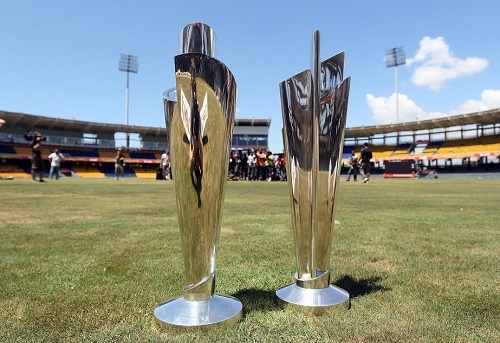Whether or not Naomi Osaka claims the Australian Open championship — and make no mistake, she will be expected to win — this much seems certain: Tennis has a new dominant force.
Sure, it’s clearly possible that Osaka could be beaten by the 22nd-seeded American Jennifer Brady in the title match at Melbourne Park on Saturday.
Brady is, after all, emerging as a force on hard courts, too, thanks to a big serve and big forehand. She pushed Osaka to three sets before losing to her in the U.S. Open semifinals last September, then shrugged off a two-week hard quarantine in Australia to reach her first Grand Slam final.
It is the No. 3-seeded Osaka, though, who overpowered and overwhelmed Serena Williams in the semifinals Thursday.
Who is riding a 20-match winning streak dating to last season.
Who already has spent time at No. 1 in the rankings.
Who is seeking her second Australian Open title and fourth Slam trophy — and she is still only 23.
Like 23-time major champion Williams, there is a determination that Osaka manages to display when the finish line is near on their sport’s most important stages: She has run her record to a combined 11-0 in Grand Slam quarterfinals, semifinals and finals.
Osaka often speaks about wanting more consistency, whether that’s at lower-level WTA tournaments or at every Grand Slam event.
She does occasionally stumble early at the majors, such as a third-round exit a year ago as the defending champion in Australia or a first-round loss at Wimbledon in 2019.
But once she gets close to the end, she seals the deal.
“For me, I have this mentality that people don’t remember the runners-up. You might, but the winner’s name is the one that’s engraved,” explained Osaka, who was born in Japan to a Japanese mother and Haitian father before the family moved to New York when she was 3.
“I think I fight the hardest in the finals,” she continued. “I think that’s where you sort of set yourself apart.”
Williams had been 8-0 in Australian Open semifinals until Osaka put a stop to that by winning 6-3, 6-4, reeling off the last eight points of the match after the second set was even at 4-all.
When they hugged at the net at the end, this is what went through Osaka’s mind: “Always a surreal moment, just to see her in real life, like, close up.”
Osaka has long viewed the 39-year-old Williams as an idol.
Their games are quite similar at the most foundational level: speedy serves, dangerous forehands and that steely attitude on court.
Brady got a sense of that during the entertaining matchup in New York last year against Osaka.
“She just puts a lot of pressure on you to serve well, because she’s holding serve in, like, 45 seconds. … She’s coming at you with a lot of power, so it also puts a lot of pressure on you to be aggressive and try to get the first strike. Otherwise you’re the one running, and I don’t want to be running,” said Brady, a 25-year-old from Pennsylvania who played college tennis at UCLA.
buy ventolin generic buy ventolin generic
“She just puts a lot of pressure on you to perform well.”
Brady acknowledged that she expects to deal with some nerves against Osaka this time.
That’s only natural, given the stakes.
The key will be limiting how much — and for how long — that affects her play.
“Listen, I don’t know how I’m going to feel on Saturday. I can say I can enjoy the moment and just try to play tennis and not really think too much about it. But there’s going to be moments, there’s going to be games, there’s going to be points, where I’m going to be thinking about, ‘Wow, this could be my first Grand Slam title,’” said Brady, who needed five match points in the last game to close her three-set semifinal win over Karolina Muchova.
“Yeah, I will definitely have those thoughts,” she said. “But it’s more just trying to control the emotions, really.”
Source: AP News

